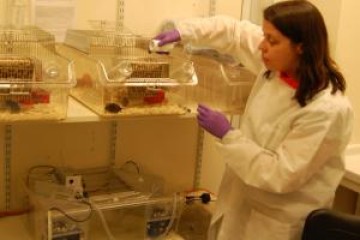Fellowship
Refining the study of fatigue in mouse models of chronic liver disease

At a glance
Completed
Award date
December 2012 - December 2015
Grant amount
£195,000
Principal investigator
Dr Claire Richardson
Institute
Newcastle University
R
- Refinement
Read the abstract
View the grant profile on GtR
